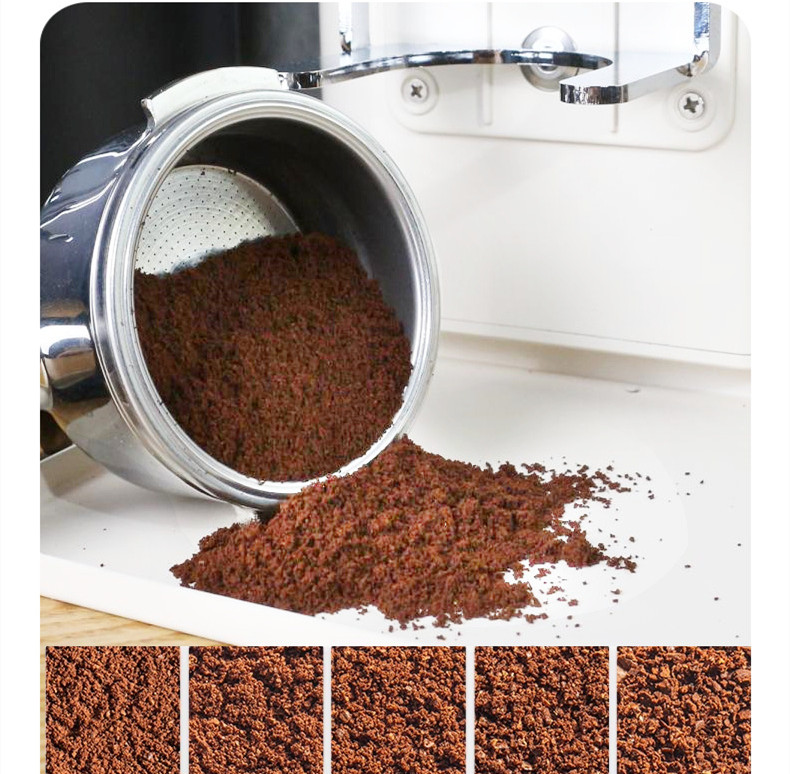Effective Solutions for Motor Overheating in Coffee Grinders During Use
Motor overheating is a common issue in coffee grinders, often caused by prolonged operation, inadequate ventilation, or mechanical strain. Overheating not only reduces performance but also risks damaging internal components and altering grind consistency. Below are practical strategies to address and prevent motor overheating during regular use.
Identifying the Root Causes of Motor Overheating
Understanding why a grinder’s motor overheats is the first step toward resolving the issue. Several factors contribute to excessive heat buildup, many of which are avoidable with proper usage habits.
- Continuous grinding sessions: Running the grinder nonstop for more than 5–10 minutes (depending on the model) generates significant friction and heat. This is especially problematic for budget grinders lacking advanced cooling systems.
- Blocked ventilation openings: Dust, coffee residue, or debris can clog the grinder’s air vents, restricting airflow and trapping heat inside the motor housing.
- Burr misalignment or jamming: If burrs become misaligned or clogged with grounds, the motor works harder to rotate them, increasing energy consumption and heat output.
- High ambient temperatures: Using the grinder in a warm kitchen or near heat sources like ovens or stoves exacerbates natural heat dissipation challenges.
Immediate Actions to Cool Down an Overheated Motor
When the motor feels excessively hot to the touch or emits a burning smell, take these steps to prevent further damage.
- Power off and unplug the grinder: Stop operation immediately to halt heat generation. Allow the motor to cool completely—typically 30–60 minutes—before resuming use.
- Improve airflow around the grinder: Move the machine to a cooler, well-ventilated area. If possible, use a small fan to direct air toward the motor housing and speed up cooling.
- Check for visible obstructions: Inspect the vents and grinder chute for blockages. Use a soft brush or compressed air (on a low setting) to gently remove dust or residue without damaging internal parts.
Preventative Maintenance to Reduce Overheating Risks
Regular upkeep minimizes the likelihood of motor strain and heat buildup over time.
- Clean the grinder after each use: Empty the grounds container and brush away residual particles from the burrs, chute, and motor housing. For deeper cleaning, refer to the manufacturer’s guidelines for disassembling removable parts.
- Lubricate moving components sparingly: Some grinders require occasional lubrication of burrs or bearings to reduce friction. Use a food-grade lubricant recommended by the manufacturer and apply it sparingly to avoid attracting dust.
- Inspect burr alignment periodically: Misaligned burrs force the motor to work harder, increasing heat output. Test grind consistency and adjust burr settings if particles appear uneven or the motor sounds strained.
Optimizing Usage Habits to Protect the Motor
Adjusting how and when you use the grinder can significantly extend its lifespan and prevent overheating.
- Grind in shorter, intermittent bursts: Instead of grinding a large batch at once, divide it into smaller portions with 1–2 minute breaks in between. This allows the motor to cool naturally between cycles.
- Avoid grinding overly hard or oily beans: Some beans, particularly those with high oil content or extreme hardness, create more resistance during grinding. Rotate bean types or adjust grind settings to reduce strain.
- Store the grinder in a cool, dry place: Avoid leaving it near heat sources or in direct sunlight, as high ambient temperatures impair the motor’s ability to dissipate heat efficiently.
By addressing the causes of motor overheating through immediate interventions, regular maintenance, and mindful usage habits, users can ensure their coffee grinder operates smoothly and reliably. These strategies protect both the machine’s performance and the quality of the coffee it produces.


